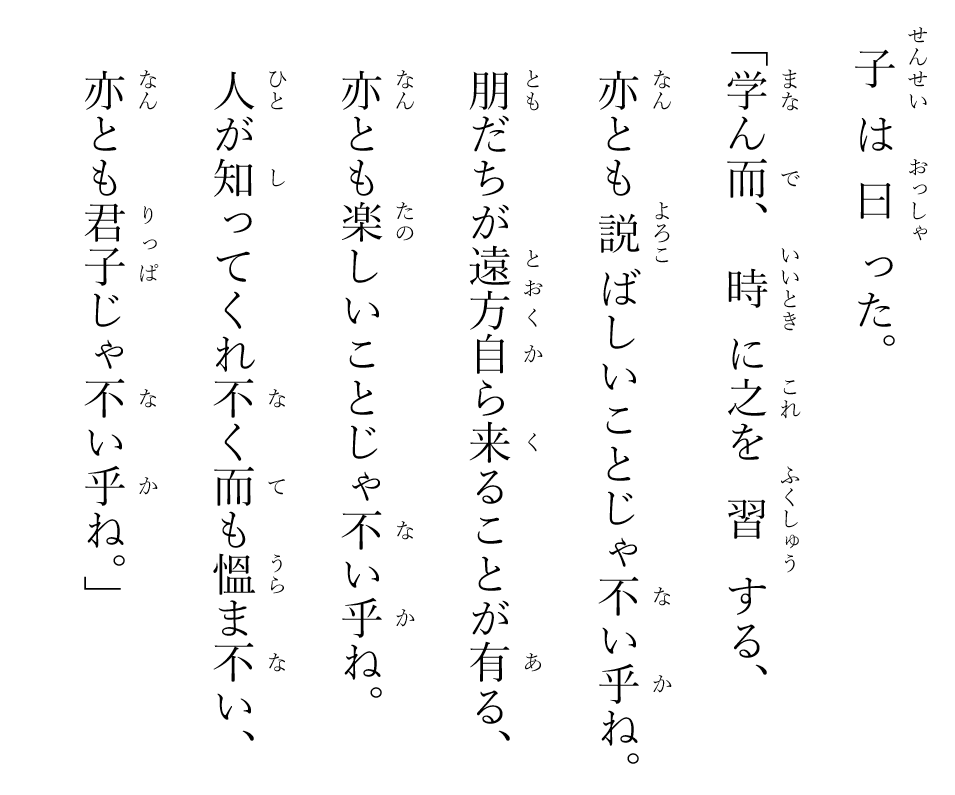Why we burnt our 2018 SPM add math paper
Normally students are given closed-ended problems with nicely labeled diagram in math exams. This type of problems usually has only one standard answer.
Ocassionally, however, some not-so-well-conceived open-ended problems found their way into our exam papers. This year, some SPM candidates fucked up their add math paper because they couldn't even get their engines started for a number of problems in the question booklet. And when the exam was over, traumatised students burnt their math book to show their discontent.

In Question 5 for example, students were horrified by a strange-looking diagram. The diagram has absolutely no labels and students are expected to prepare the answers with only two ingredients: (a) that the three dark-coloured leaf-shaped objects are congruent and (b) that the perimeter of object is 20\(\pi\).

The given leaf-shaped object is a peculiar type of folium formed by glueing two seemingly similar arcs. There are a number of ways to construct the arc because its mathematical property is not explicitly prescribed by the question, and so technically we have the freedom to choose what we want. The laziest way is perhaps to build them with circular arcs. You can also build the arcs with polynomial functions (e.g. quadratic arcs) or other transcendental functions, but for now, we will try to cook our answers by using the lazy method.

It can be deduced from the very first ingredient that the blue, red and yellow arcs are congruent. Since the trifolium is bounded by the dotted arcs, which are the mirror images of arcs drawn with solid lines. The perimeter of the trifolium is identical to the circumference of the given circumcircle, that is:
$$2\pi r = 20\pi$$So, the radius of the circumcircle is apparently \(r = 10\).

Suppose that the area bounded by arc CD, arc CB, and chord DB is \(Y\), and that the area of a half-folium is \(\ell = \frac{1}{2}r^2\left(\frac{2\pi}{6}-\sin \frac{2\pi}{6} \right)\), therefore the following must be true:
$$Y = \triangle BCD - 2\ell = \tfrac{1}{2}r^2 \sin \tfrac{2\pi}{3} - r^2\left(\tfrac{2\pi}{6}-\sin \tfrac{2\pi}{6} \right)=\tfrac{25}{3}(9\sqrt{3}-4\pi)$$Since we have three pieces of identical \(Y\) blocks, the total light-yellow area in the diagram must be \(25(9\sqrt{3}-4\pi) = 75.6\). There are, of course, other ways to handle these circular arcs, such as this way or this way. And if you are a fan of analytical geometry, you may even try:
$$\ell = \int_0^r -\tfrac{r\sqrt{3}}{2}+\sqrt{r^2 - \left(x-\tfrac{r}{2}\right)^2}\,dx$$
As highlighted earlier, this is not the only possible answer to problem. For example, you can actually arrive at a slightly different result if quadratic arc
$$y = \tfrac{4}{r}\left(1-\tfrac{\sqrt{3}}{2}\right)x(r-x)$$is assumed instead of circular arc, and the area that we are interested in is:
$$3\left[T - 2\int_0^{r} \tfrac{4}{r}\left(1-\tfrac{\sqrt{3}}{2}\right)x(r-x)\,dx \right]= \tfrac{1}{4}\left(11 \sqrt{3}-16 \right) = 76.3$$




Comments